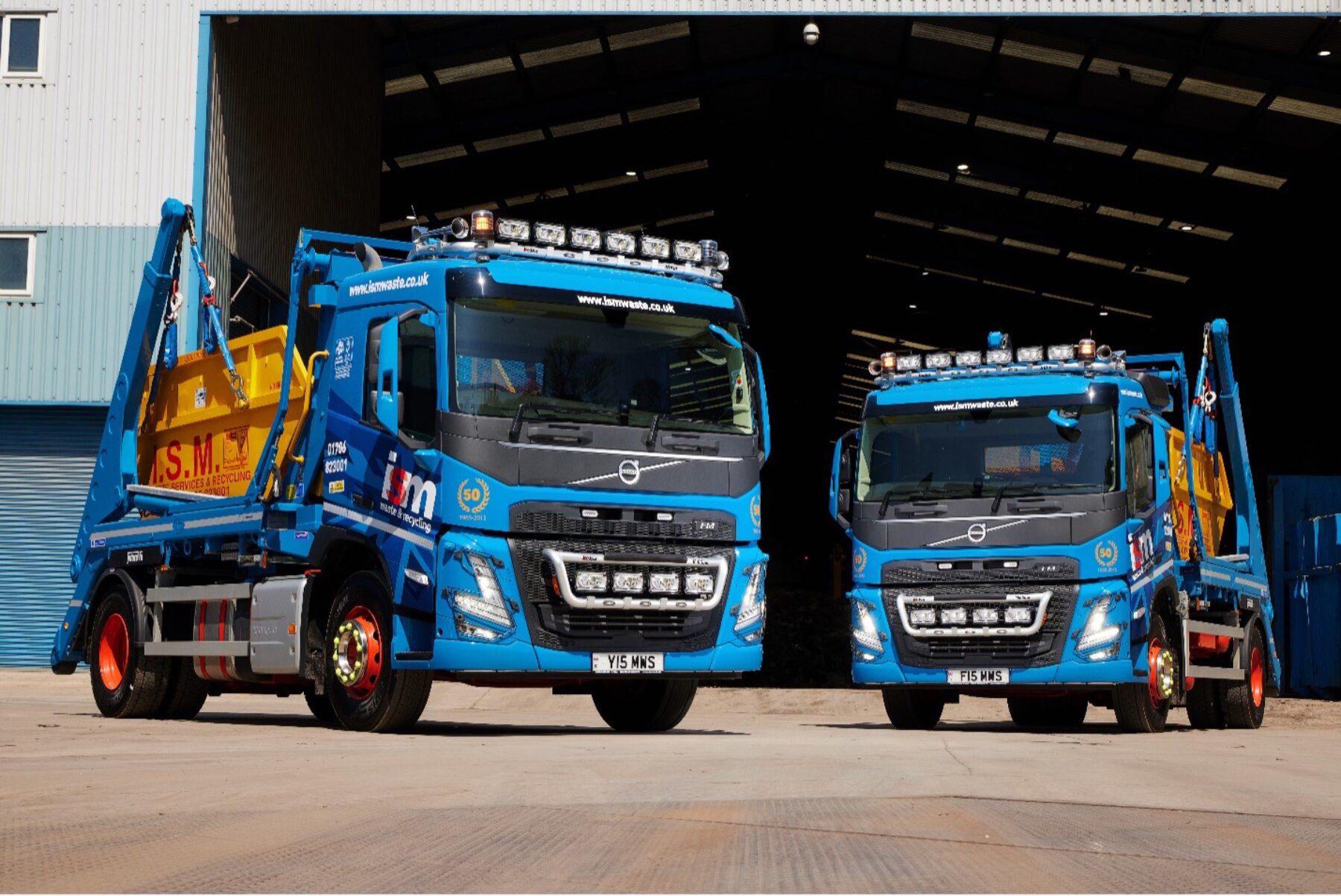In the quest for a sustainable future, the circular economy has emerged as a transformative concept that holds the key to addressing our pressing environmental challenges. Traditional linear models of production and consumption generate vast amounts of waste, polluting our planet and depleting precious resources. However, by embracing the circular economy, we can revolutionize the way we view waste, turning it from a burden into a valuable resource. This article explores how the circular economy transforms trash into valuable resources, paving the way for a more sustainable and prosperous world.
At the heart of the circular economy lies the principle of closing the loop. Instead of the traditional “take-make-dispose” model, the circular economy aims to keep materials and products in use for as long as possible. It advocates for a system where waste is minimized, and resources are reused, repaired, or recycled. By adopting this approach, we can significantly reduce our reliance on virgin materials, alleviate the strain on natural resources, and mitigate environmental degradation.
One of the fundamental strategies of the circular economy is recycling. By implementing effective recycling programs, we can transform waste materials into valuable resources. Plastics, metals, glass, and paper can be recycled and used as feedstock for the production of new products. Through efficient sorting and processing techniques, recycling minimizes the need for extracting raw materials, conserves energy, and reduces greenhouse gas emissions. Embracing recycling as a core component of the circular economy empowers us to close the materials loop and unlock the value of waste.
Another critical aspect of the circular economy is product design with longevity in mind. By embracing principles such as durability, reparability, and modularity, we can extend the lifespan of products. Designing products to be easily repaired and upgraded ensures that they can be kept in use for longer, reducing the need for constant replacement and minimizing waste generation. By shifting our focus from a disposable culture to one that values quality and longevity, we can maximize the value and utility of products throughout their lifecycle.
Additionally, the circular economy promotes the concept of remanufacturing. Remanufacturing involves refurbishing and restoring products to their original specifications, extending their life cycle and reducing the demand for new goods. By remanufacturing products, we can conserve resources, save energy, and reduce waste. Industries such as automotive and electronics have already embraced remanufacturing, demonstrating its economic and environmental benefits.
Furthermore, the circular economy encourages the adoption of sharing and collaborative consumption models. Platforms for sharing resources, such as car-sharing and tool libraries, allow multiple individuals to benefit from a single product, reducing the overall demand for new items. This sharing economy approach reduces waste generation and promotes the efficient use of resources, creating a more sustainable and resource-efficient society.
The circular economy offers a transformative solution to our global waste crisis. By shifting our mindset from waste to worth, we can unlock the tremendous potential of waste as a valuable resource. Through recycling, sustainable product design, remanufacturing, and sharing economy models, we can close the loop, minimize waste generation, and maximize resource efficiency. Embracing the circular economy not only benefits the environment but also presents significant economic opportunities. Let us seize the potential of the circular economy and create a world where trash is transformed into valuable resources for a sustainable and prosperous future.


